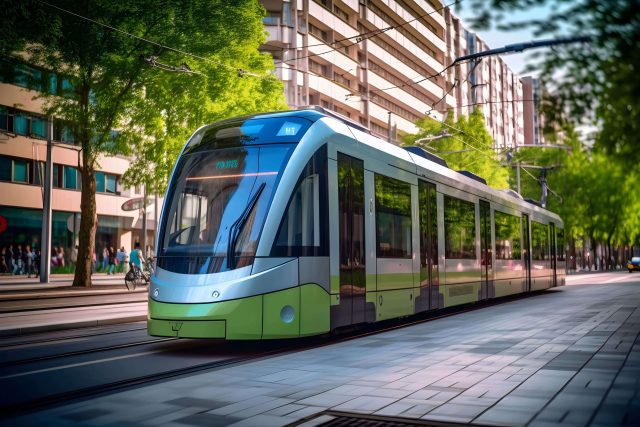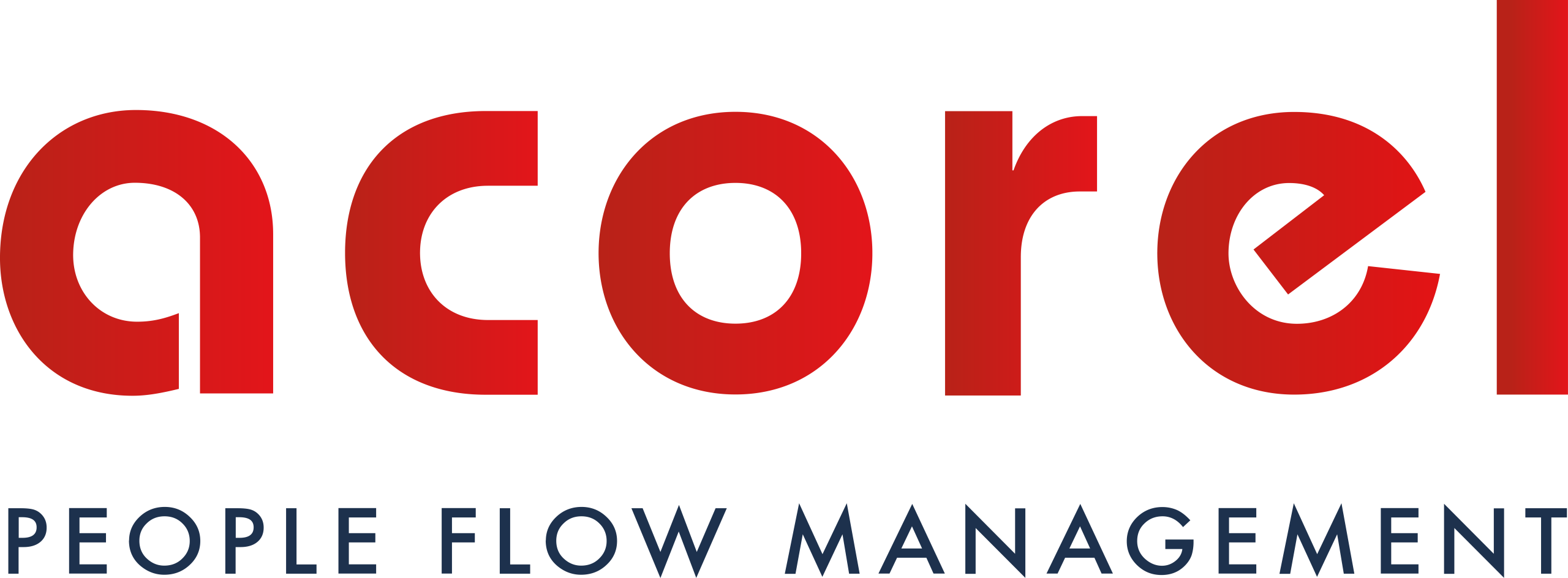The efficiency of public transport is crucial for modern urban life, and as cities expand, the need for intelligent solutions to improve passenger flow becomes increasingly imperative. In recent years, technological advancements have paved the way for innovative systems and strategies aimed at optimizing public transport, making it more accessible to all.
How to improve passenger flow in public transport ?
Smart ticketing systems
The implementation of smart ticketing systems has revolutionized the boarding process by significantly reducing queues and, consequently, congestion at ticket counters. Contactless payment methods, such as mobile applications or smart cards, enable passengers to board seamlessly, thereby reducing time spent at entry points.
Real-time passenger information
Real-time information systems are a crucial element of innovations aimed at improving passenger flow in public transport. These intelligent solutions provide a seamless level of transparency and accessibility for users.
Real-time mapping
- Intelligent information systems provide real-time updates on arrivals, departures, and delays, allowing passengers to plan their journeys more efficiently.
- Digital displays, mobile applications, and announcement systems keep passengers informed, minimizing confusion and congestion caused by uncertainty.
- Interactive maps in stations and on vehicles enable passengers to track their routes in real-time.
- Integrating map data with transport information offers a clear visualization of routes, stops, and potential disruptions.

Predictive analysis for planning
Predictive analysis algorithms analyze historical data to optimize schedules, predicting peak hours and adjusting services accordingly. This ensures sufficient capacity during periods of high demand, reducing overcrowding and enhancing the overall passenger experience.
Automatic people counting
Automatic people counting is a key component of smart solutions revolutionizing passenger flow in public transportation. This technology relies on sensors, cameras, or other intelligent devices to monitor and automatically record the number of people entering and exiting transport stations or vehicles. Here are some important details about automatic people counting in this context:
Objective of the technology
The main objective of automatic people counting is to provide accurate and real-time data on crowd levels in stations, buses, trams, or other modes of public transport.

Accuracy and reliability
Modern automatic counting technologies are designed to offer high accuracy, minimizing counting errors and ensuring the reliability of collected data.
Trend analysis
The collected data also allows for the analysis of long-term trends, helping transport authorities plan improvements, anticipate future needs, and optimize resources.
IoT connectivity for fleet management
Internet of Things (IoT) devices on public transport vehicles enable real-time monitoring of their status. Predictive maintenance and proactive issue resolution help prevent breakdowns, ensuring a more reliable service and minimizing disruptions to passenger flow.
Pour plus d’informations cliquez-ici
